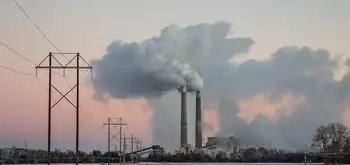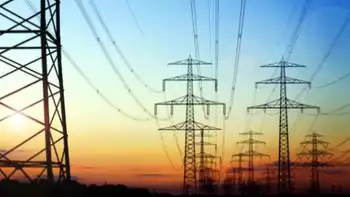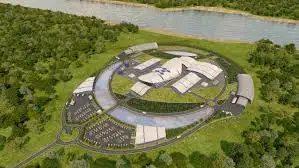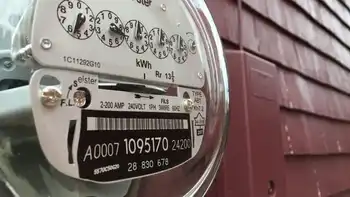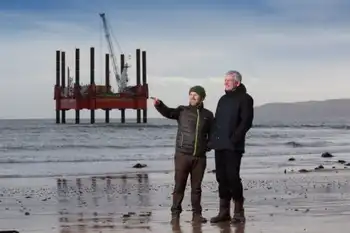ABB and Conestoga Grid Modernization Lab: Building the future of power infrastructure in Canada
By ABB
Arc Flash Training - CSA Z462 Electrical Safety
Our customized live online or in‑person group training can be delivered to your staff at your location.

- Live Online
- 6 hours Instructor-led
- Group Training Available
This state-of-the-art smart grid laboratory will provide Conestoga students with hands-on learning and training opportunities as they develop a clear understanding of the challenges associated with building the future of power infrastructure in Canada.
This collaboration between industry and education is designed to develop the existing knowledge base in Canada and increase our capacity to respond to technology and economic challenges. CanadaÂ’s power distribution infrastructure is aging, and in need of significant upgrades as power generation moves towards a more geographically distributed model more reliant on various renewable energy sources.
These widely varying plant capacities, along with the varying nature of consumption, will have great impact on power quality such as variations in voltage and current wave shapes, and the supply frequency. This complex generation scenario requires an upgraded power grid known as "Grid Modernization" or "Smart Grids". Grid modernization requires advanced, coordinated protection and control equipment that will bring uninterrupted power to customers.
The new Grid Modernization Lab is part of an ABB-in-Canada strategy to build cooperation across industry and society to equip future generations with the knowledge and education necessary to work and succeed in todayÂ’s global economy.
The new lab is the result of ABBÂ’s collaboration with Conestoga and community partners from across the supply chain. It will bring together ABB equipment and expertise, as well as important contributions by partners such as Archex Display Ltd., Communica Design, Vitesse Transport, Proax Technologies, Global Kustom Control & Automation, Advanced Business Interiors and Staples.
Established in 1967, Conestoga is one of OntarioÂ’s fastest growing colleges and a leader in polytechnic education. The college delivers a full range of career-focused education, training and applied research programs to prepare students for success in the new knowledge economy and promote economic prosperity within the region.
ABB in Canada (www.abb.ca) employs 5,000 employees from coast to coast who are experts in their field of technology and contribute to ABB's industry leadership in key energy and industrial sectors across the country. Our company has been serving our Canadian customers for nearly a century with reliable energy efficient solutions for utilities, industry, buildings, infrastructure and transportation.
ABB is a leader in energy and automation technologies, allowing public services as well as industry, transport and infrastructure clients to improve their performance while reducing their impact on the environment. The ABB Group of companies operates in roughly 100 countries and employs about 140,000 people.
Learn more: Unlock the benefits of Grid Modernization Automation Contact Kenneth VanDyken: kenneth.r.vandyken@ca.abb.com
Visit ABB Medium Voltage Products: http://new.abb.com/medium-voltage ABB Relion family: http://new.abb.com/substation-automation/products/protection-control/relion-product-family





